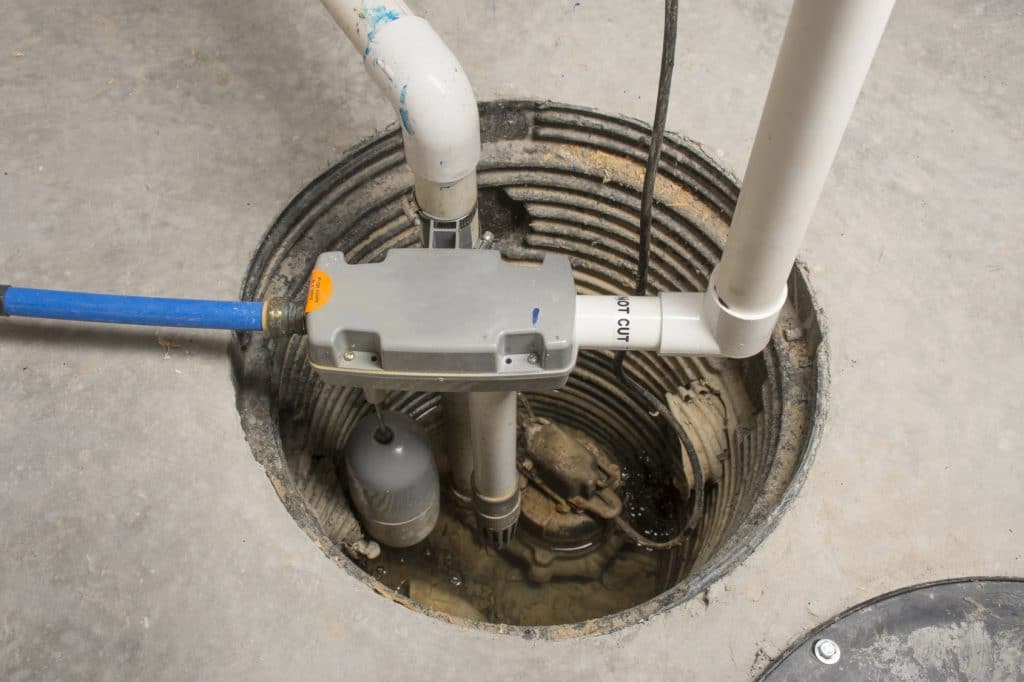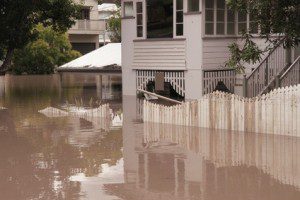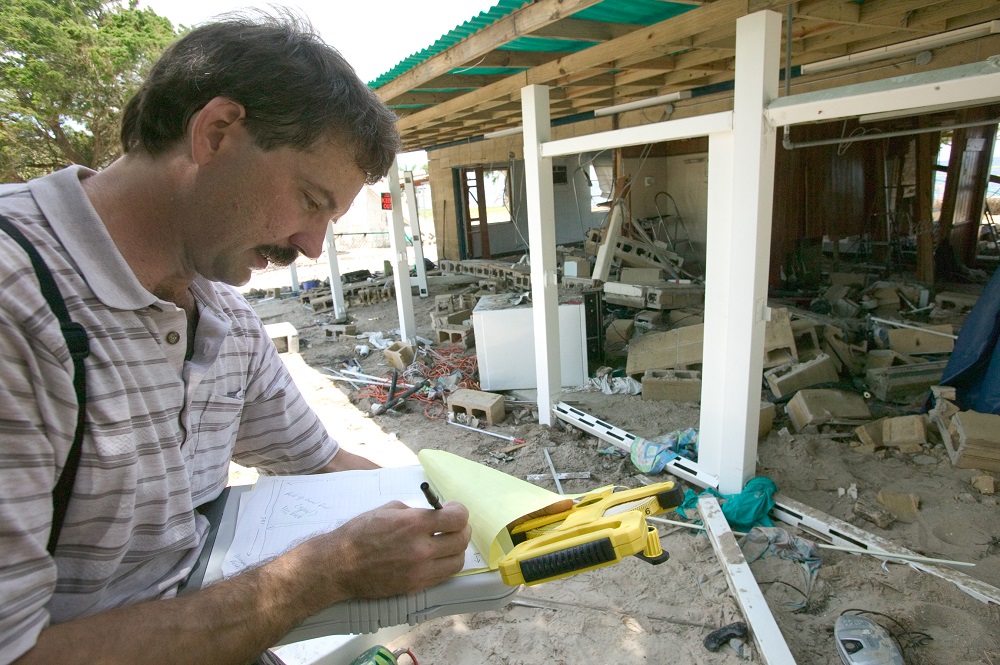Sump Pump Maintenance Tips

The area of the home that is most vulnerable to flooding is the basement. This is because basements can become flooded due to oversaturation of the soil from heavy rain, foundation leaks, natural flooding, and sewage backups. One of the most effective ways to protect your basement from flooding is to have a working sump pump.
Sump pumps work by collecting excess water from the areas outside your home into an indoor pump basin. Once the basin fills, a sensor causes the pump to turn on and pump the water out of your home at a safe distance from the foundation. Sump pumps are very effective at preventing ground water and rainwater from getting into your basement, saving you from hundreds, even thousands of dollars in water damage each year.
To best protect your basement from flooding, your sump pump needs to remain functional. Sump pumps are mechanical systems, and they need to be properly cleaned and maintained to prevent breakdowns. If your sump pump stops working during periods of heavy rain, the rainwater can seep into your basement and cause significant water damage.
Your sump pump can provide your basement with 10-11 years of protection with the proper maintenance. In this guide, we will cover important sump pump cleaning and maintenance tips that will help you get the most out of your sump pump and avoid breakdowns that could result in water damage.
Sump Pump Maintenance Tips

Learn Sump Pump Maintenance Tips for your Home.
Cleaning the sump pump is an important part of sump pump maintenance to ensure that the mechanics are working correctly. While all sump pumps need the same general cleaning, make sure to check the owner’s manual for your specific pump for the best cleaning, maintenance, and inspection information.
Much of the cleaning and maintenance required for your sump pump should be done by a professional. However, you can do the following yourself to keep your sump pump clean. Always unplug the sump pump when cleaning:
- Clean sump pump screen and inlet opening: The sump pump screen and inlet opening can gather sediment that can disrupt the water flow. If your sump pump discharges water from your washing machine, the screen and inlet need to be cleaned once each month. If your sump pump does not discharge washing machine water, the screen and inlet need to be cleaned every 3 to 4 months.
- Clean pump and basin: At least once each year, you should remove the pump from the basin and clean both the pump and the basin.
In addition to the cleaning, you should periodically check that your sump pump is working properly by filling the basin with water and making sure it pumps out the water properly.
Sump Pump Inspection
Your sump pump should be inspected by a professional at least once each year. The best times to have your sump pump inspected are either in the spring or fall, before and after the wettest seasons. Yearly sump pump inspections have been shown to keep sump pumps functional and prolong their lifespan.
A professional will generally check the following during a sump pump inspection:
- The pit: The professional will check the pit to ensure it is in good repair and that it is big enough to handle the function of the pump.
- The check valve: The check valve closes off the discharge pipe to prevent discharged water from coming back into the basin. A professional will make sure this valve is functioning properly.
- Backup power source: Sump pumps run on electricity so if the power goes out during a storm, the pump will no longer be protecting your basement from flooding. The professional will make sure that you have a backup power source and can advise you on the best solution if you do not have backup power.
- The alarm: Some sump pump models have alarms that go off when the basin is full of water. If your pump has an alarm, the professional will make sure it is working properly.
- The cover: Sump pump basins generally have a cover that fits over the basin to prevent the collected water from evaporating into the basement. A professional will check that the cover fits properly.
- Discharge location: Water from the sump pump should be discharged at least 20 feet away from the foundation so it does not drain back toward the house. The discharged water also cannot drain on neighboring properties or into a septic system or public sewer. A professional will check the discharge location and let you know what can be done if the discharge location needs to be changed.
Sump Pumps Prevent Water Damage
Basement flooding is always a threat to your home, and it can occur any time of the year. You can protect your basement from flooding year-round and save thousands of dollars by avoiding water damage with these sump pump maintenance and cleaning tips.
If you do still experience water damage or flooding in your basement despite your best efforts to maintain your sump pump, make sure you call a water damage restoration professional immediately. These professionals use advanced extraction and drying equipment to remove the water and moisture from your basement. They can also address any mold growth that has formed as a result of the water damage or flooding.












